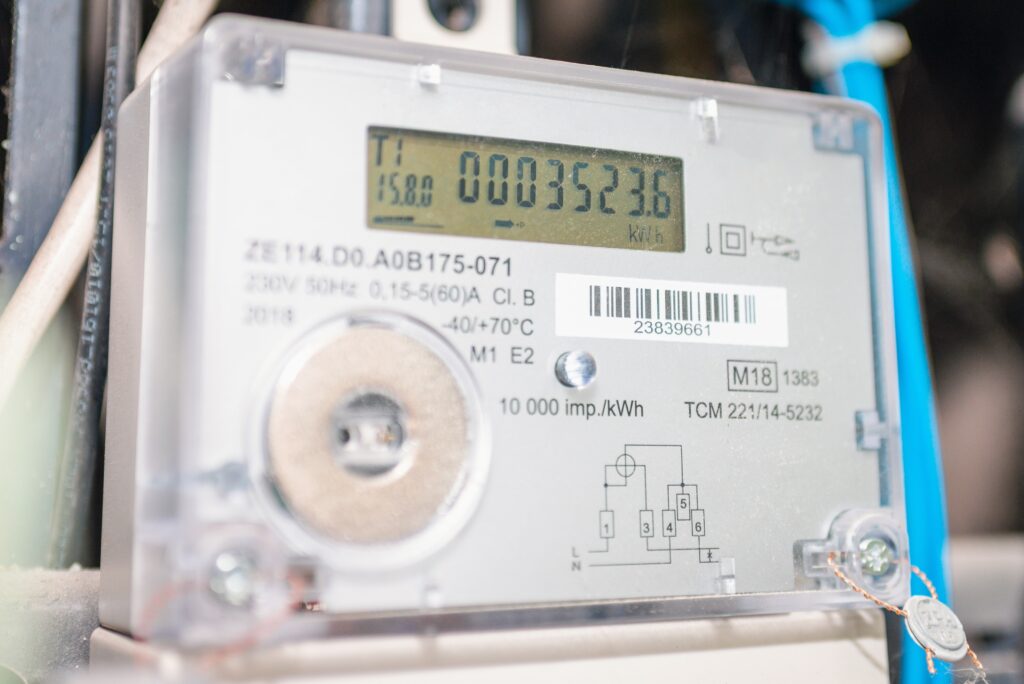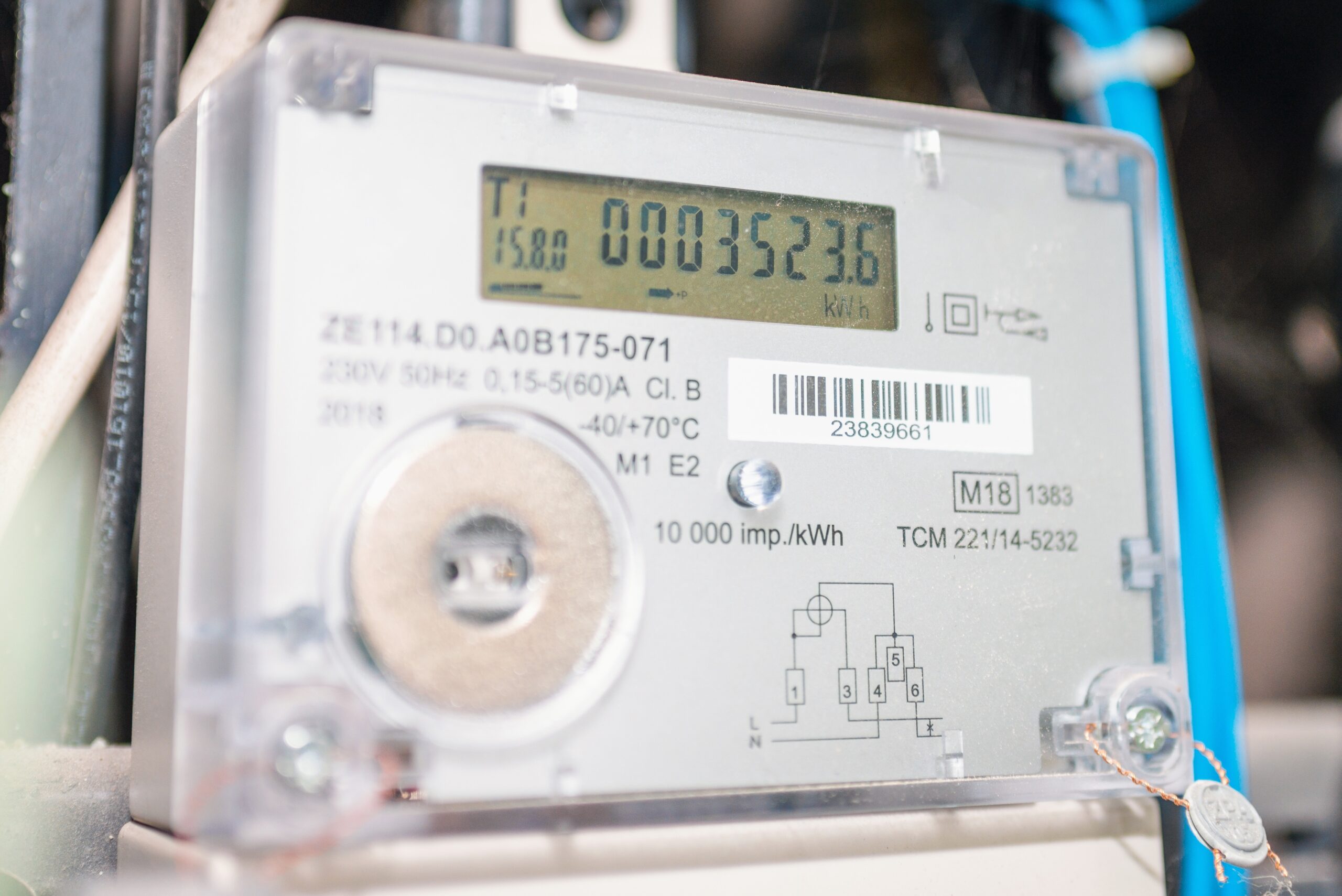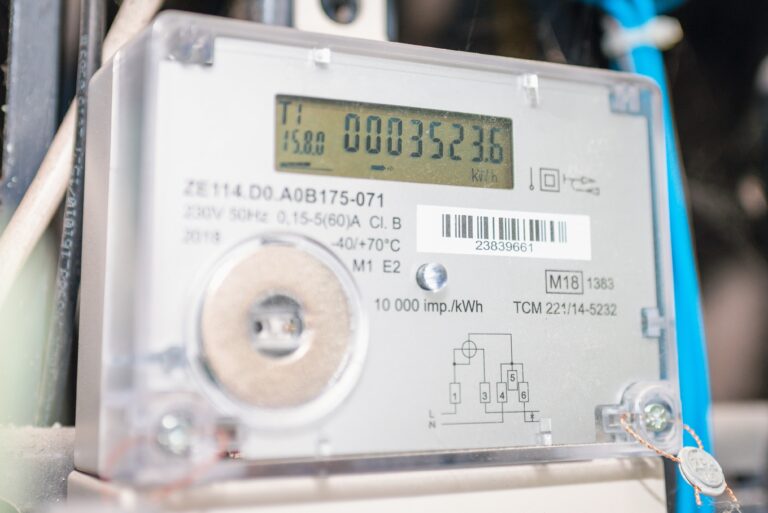Submitting your meter readings on time might seem like a chore, but it can make a big difference to your energy bills. Whether you’re a business or homeowner, providing accurate readings ensures your bills reflect your actual energy use—not estimates. So, when exactly should you submit your meter readings, and why does it matter?
Why Submitting Meter Readings Is Important
Energy suppliers often estimate bills based on your previous usage if they don’t receive an updated reading. While estimates can be close, they’re not always accurate—especially if your energy usage changes with the seasons, occupancy, or equipment use. Regular, accurate meter readings ensure:
- You’re only charged for what you use
- You avoid overpaying or underpaying
- Your account balance stays up to date
- You can track energy consumption more effectively
The Best Time of the Month to Submit Readings

How Often Should You Submit a Reading?
For the most accurate billing and energy tracking, it’s best to submit your meter readings once a month, ideally on or around the same date each time. Submitting regular readings gives your supplier a consistent record of your usage patterns, helping them calculate bills accurately and avoid estimated charges. It also allows you to spot any unexpected changes in consumption early, such as a sudden spike that could indicate faulty equipment, inefficient appliances, or energy wastage.
If you run a business—especially one with multiple locations or meters—submitting all your readings on the same day each month creates a more reliable overview of your total energy use. This consistency can be particularly helpful when analysing performance across sites, budgeting for future bills, or reporting on your sustainability efforts. During colder months or periods of higher energy demand, you might even want to take extra readings to track fluctuations more closely. Establishing a regular routine not only helps with financial planning but also encourages greater awareness of how and when you’re using energy.
Smart Meters vs Manual Readings
Smart Meters
If you’ve upgraded to a smart meter, you’re already one step ahead when it comes to managing your energy usage. Smart meters automatically send accurate readings directly to your supplier, meaning your bills are always based on real-time data rather than estimates. This removes the hassle of submitting readings manually and gives you greater visibility into how and when you use energy through your in-home display or online account. Many smart meter systems provide detailed insights, such as daily or hourly usage patterns, helping you identify opportunities to cut waste, adjust behaviour, or optimise operations.
However, even though smart meters are designed to be low-maintenance, it’s still worth checking them periodically to make sure everything is working as it should. Occasionally, communication issues can occur between the meter and your supplier, which may lead to gaps in data or estimated billing. A quick monthly check—either through your energy portal or by comparing your in-home display to your bill—can help you spot any issues early and ensure the readings being transmitted are correct.
Manual Meters
For those still using traditional manual meters, submitting regular readings remains just as important. Without a smart system in place, your supplier relies entirely on the information you provide to generate accurate bills. Setting a monthly reminder—perhaps at the end of each month or just before your billing date—can help you stay consistent. It might seem like an extra task, but it prevents costly billing discrepancies and keeps your payments aligned with your actual consumption.
Manual readings also offer a chance to monitor your energy habits and make informed changes, such as adjusting heating schedules or upgrading inefficient equipment, based on your usage trends. Whether you use a smart or manual meter, staying engaged with your readings is a simple but effective way to maintain better control over your energy costs and support smarter energy management.
Tips for Submitting Accurate Meter Readings
Always double-check the meter type (electricity or gas) before recording.
Take a clear photo of the reading for your records.
Submit readings through your supplier’s online portal or app if available—it’s faster and more reliable than calling or emailing.






